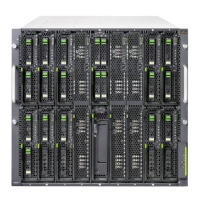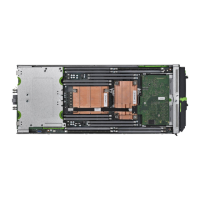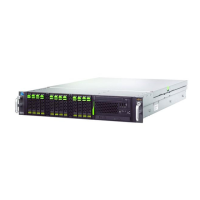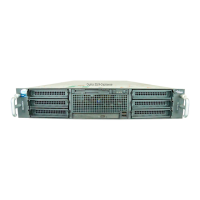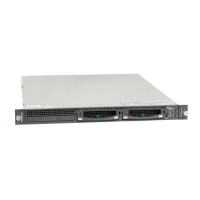Architecture and strategies Networks
U41855-J-Z125-3-76 41
Dokuschablonen 19x24 Version 7.4de für FrameMaker V7.x vom 09.02.2010 © cognitas GmbH 2001-2010
19. March 2018 Stand 18:25.47 Pfad: P:\FTS-BS\Server\SE-Server\SE-Doku\1303912_BuV_062\BuV_e\buv.k02
2.3.6 Important information about IP configuration
After your SE server has been installed, the IPv6 protocol is enabled throughout the system.
Use of IPv6 for all networks of the SE server is enabled by default. You can perform the
following configuration measures separately on a network-specific basis:
● When the IPv6 protocol is enabled throughout the system, you can enable or disable
the use of IPv6 for specific networks.
IPv6 is permanently set for the internal network (MCNPR).
● Enable/disable Autoconf (Stateless Address Autoconfiguration)
This setting is evaluated only when IPv6 is enabled:
Autoconf is a user-friendly automatic procedure which enables the system to specify its
own LAN addresses on the basis of information which is provided both locally and
remotely. Autoconf requires a router which is responsible in the network that, when
requested by the system, assigns the so-called IPv6 prefixes (one prefix per available
network).
The system supplements these prefixes for each LAN interface to make them
unambiguous addresses, the supplement being based by default on the MAC address
of the LAN interface concerned.
A LAN interface configured in this way is automatically linked to all available networks.
In contrast to Autoconf, in the case of DHCP IPv6 address assignment (stateful) is
performed by an instance in the network which also manages the current state of the
address assignment.
● Enable/disable DHCPv6
DHCPv6 requires a DHCP server in the network which distributes IPv6 addresses.
● Enable/disable DHCPv4
DHCPv4 requires a DHCP server in the network which distributes IPv4 addresses.
In all cases of dynamic address distribution, the addresses assigned are provided with
Validity times by the Autoconf router or the DHCP server.
Any number of IPv6 addresses (and also IPv4 addresses) can be allocated explicitly.
When IPv6 is used, IPv6 routes can also be configured.

